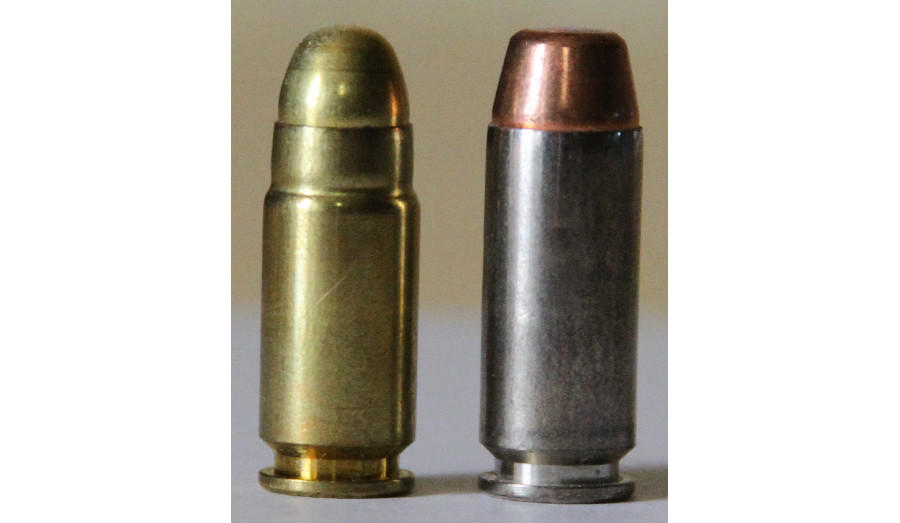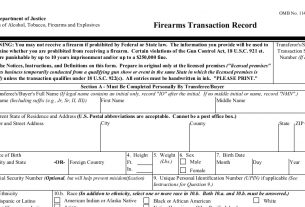As handgun ammunition developed in the late 19th and early 20th centuries and semiautomatic pistols began to become more commonplace, the straight-walled cartridges common to revolvers began to give way to bottle-necked cartridges such as the .30 Mauser, .30 Luger, and eventually the 7.62x25mm Tokarev. For one reason or another, however, those early cartridge developments were quickly replaced in military and police service by straight-walled pistol cartridges such as the .45 ACP, 9mm Luger, and .32 ACP. But every so often new developments transpire, and bottle-necked pistol cartridges once again gain a brief bout of popularity.
The most common bottle-necked pistol cartridges today are those that neck down existing cartridges to fit smaller bullets. The only one that achieved any measurable commercial success was the .357 SIG which, like its parent .40 S&W cartridge, is beginning to wane in popularity. One bottle-necked cartridge that has retained some niche popularity, however, is the 9x25mm Dillon.
The 9×25 Dillon can be thought of as the big brother to the .357 SIG. Where the .357 SIG is a .40 S&W necked down to accept 9mm bullets, the 9×25 Dillon is a 10mm Auto necked down to take 9mm bullets. And just as you would expect, the 9×25 Dillon outperforms the .357 SIG just as handily as the 10mm outperforms the .40 S&W.
Performance of the 9×25 Dillon is nothing short of exceptional, with the cartridge able to push 90-grain bullets to 2,100 feet per second, 115-grain bullets to 1,800 feet per second, and 147-grain bullets to 1,500 feet per second. Muzzle energy runs between 700 and 900 foot-pounds out of a pistol, making the cartridge competitive with ballistic performance from short-barreled rifles or pistols chambered in larger cartridges such as .300 Blackout or even 5.56 NATO. It also makes the 9×25 Dillon competitive with newer pistol cartridges such as the 7.5 FK.
The 9×25 Dillon today is most commonly fired in Glock pistols such as the Glock 20 and Glock 29 that were originally chambered in 10mm Auto. A simple barrel swap is generally all that is needed to shoot 9×25 Dillon, as the magazines will feed the cartridge easily.
Where the 9×25 Dillon would really shine is in a pistol-caliber carbine with a longer barrel. Imagine the 10mm-sized case loaded with slow powder and tough bullets and accelerated down a 16” barrel. It’s not hard to imagine a firearm like that developing 1,100 to 1,200 foot-pounds of muzzle energy pretty easily. Unfortunately, something like that would require a one-off custom build, and would likely cost a pretty penny.
The waning popularity of the 9×25 Dillon in handgun competition too means that barrels, reamers, and other accessories for the Dillon are becoming more difficult to obtain. You may have more luck on secondary markets today than anywhere else.
Ammunition for the 9×25 DIllon isn’t easy to find either, with only a couple of specialized smaller manufacturers regularly producing it. Each round will cost you more than $1.50, making handloading an almost necessary proposition.
If you have a 9×25 Dillon already, know that it’s a capable cartridge and well able to protect you and your loved ones in a survival scenario. But be sure to stock up on bullets, brass, powder, and primers, because handloading will be the name of the game. If you’re looking for a powerful handgun cartridge for survival purposes, you might be better served by something like 10mm Auto, which will have better ammo availability when the stuff hits the fan.
This article was originally posted on Red Tea News.





